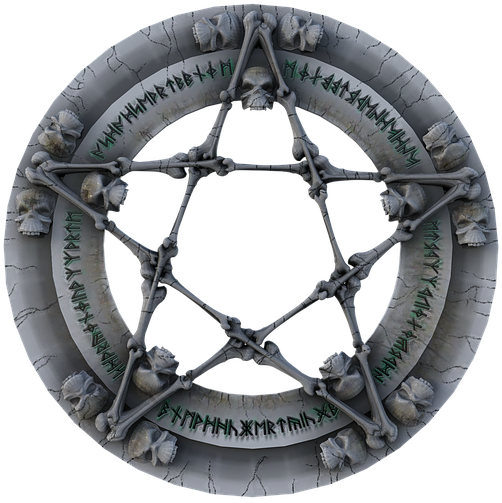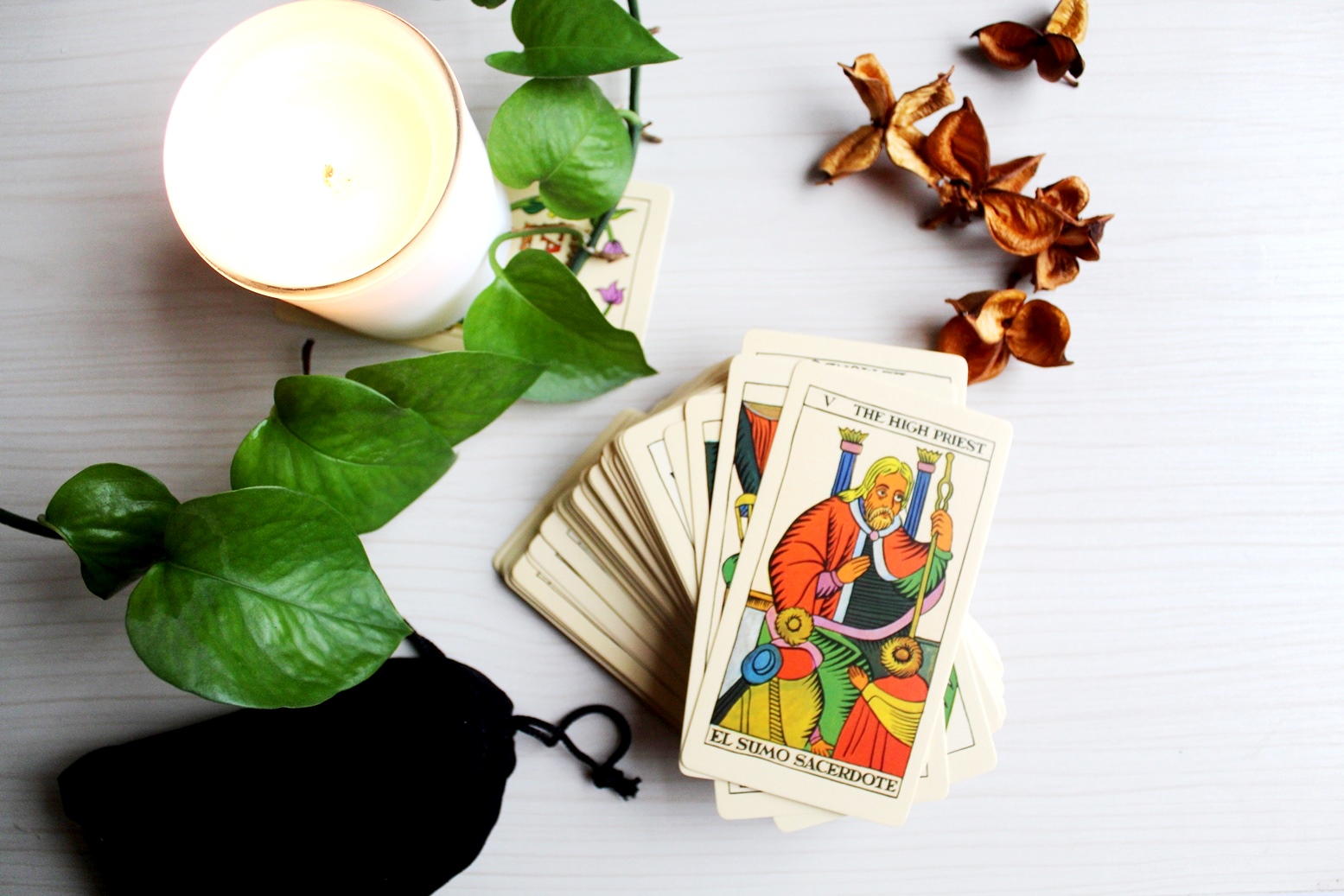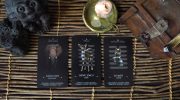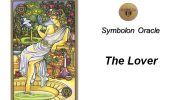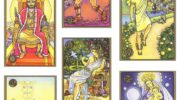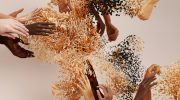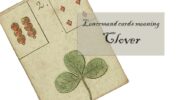What is an archetype?
An archetype is a universal symbol or image that has deep and common meaning across cultures, societies and times. The term is widely used in psychology, especially in the analytical psychology of Carl Jung. Archetypes can be thought of as innate, universal structures that influence how we perceive and interpret the world and how we shape our thoughts, feelings, and behavior. They manifest themselves through myths, stories, dreams, art and culture in general.
The history of archetypes
The idea of archetypes comes from psychological and philosophical traditions whose history spans across cultures and time periods. One of the most significant contributions to the development of the concept of archetypes was made by the American psychologist Carl Gustav Jung in the early 20th century.
The history of the development of archetypes includes the following key stages:
Ancient mythology and religion. The idea of universal symbols and images is present in ancient myths, religious texts and rituals of different cultures. The concept of divine archetypes, heroes and images of good and evil can be traced back to the mythologies of ancient civilizations such as Greek, Roman, Egyptian, Indian and others.
Plato and his ideas: The ancient Greek philosopher Plato in his works proposed the concept of “ideas” or “forms”, which are the archetypes of reality. He believed that the material world is only a reflection of ideas that exist at a higher level.
Alchemy and the Occult: During the Middle Ages, alchemists and occultists also worked with the ideas of universal symbols and archetypes. They sought spiritual transformation and understanding of the world through symbols and allegories.
Modern Psychology by C. G. Jung: Carl Jung developed the concept of archetypes within the framework of analytical psychology. He believed that archetypes are universal patterns or images found in the collective unconscious of people. Jung explored the influence of archetypes on behavior, dreams and creativity.
Contemporary Literature and Art: The concept of archetypes is reflected in modern literature, art and culture. Many writers, artists, and directors use archetypes to create profound and universal works.
Today, the concept of archetypes continues to develop within various disciplines, including psychology, literary criticism, art criticism, and religious studies. Archetypes help us better understand ourselves, the world and the culture around us.
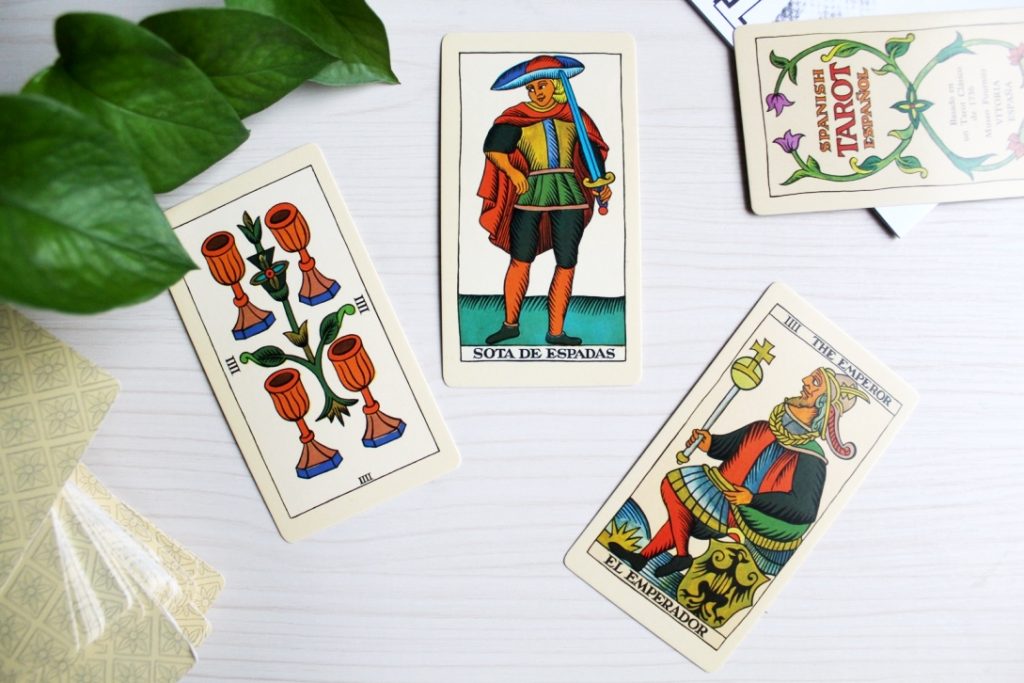
Jung’s Archetypes
Carl Gustav Jung, a Swiss psychiatrist and founder of analytical psychology, distinguished archetypes based on their characteristics, functions and manifestations in human psychology. He proposed several categories of archetypes that help to understand their diversity and role in human experience.
Here are some of the key ways in which Jung differentiated archetypes:
Anima and Animus: These are archetypes representing the feminine and masculine sides of personality respectively. Anima is the female archetypal figure that is present in the man, and Animus is the male archetypal figure that is present in the woman. They reflect unconscious aspects of gender identity and can influence attitudes and behavior.
Sensory Impressions: This archetype refers to our perceptions of the world through the five senses (sight, hearing, smell, touch, taste). It is associated with the ability to perceive and analyze information through sensory sensations.
Shadow: The shadow archetype represents unconscious, negative aspects of the personality that a person usually hides from himself and others. Understanding and integrating the shadow is important for personal growth.
Hero: This archetype is associated with journey, challenges, and overcoming difficulties. The Hero archetype represents the desire to achieve goals and overcome obstacles.
Ego: The ego archetype represents the central, strong and balanced side of the personality. The ego strives for individualization and harmony.
Sage: This archetype is associated with the search for knowledge, wisdom and spiritual understanding. The sage can act as a mentor and guide.
Mother and Father: These archetypes relate to the parental aspects of the personality and include nurturing, protection, authority and behavioral patterns.
Creator: The Creator archetype is associated with creativity, innovation, and the expression of unique ideas.
This is just a small overview of the various archetypes that Carl Jung described in his theory. He believed that archetypes play an important role in personality formation, behavior and interaction with the world.
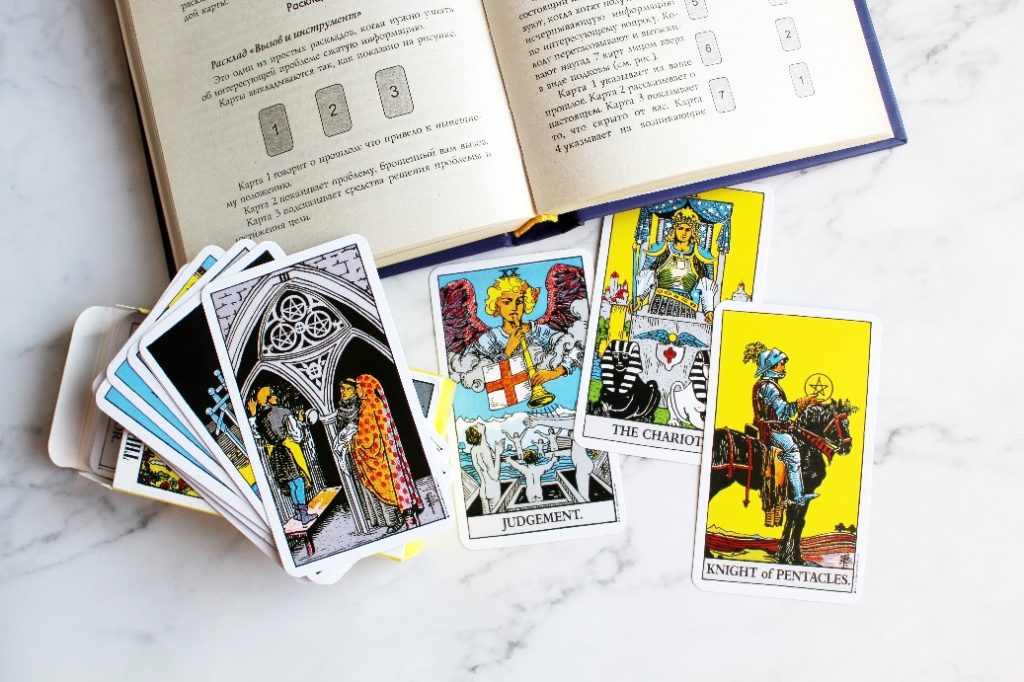
What archetypes are distinguished in the Tarot?
There are many archetypes in Tarot cards, which are represented by different symbols, characters and scenes. Each card has its own unique archetypal meaning and message.
Here are some of the main archetypes that are often found in the Tarot deck, and more precisely in the Major Arcana system:
*Jester or Fool – see below.
Magiscian: The Magician archetype represents power, knowledge, and the ability to manipulate energy. This is a symbol of creativity and the opportunity to realize your ideas.
High Priestess: Spiritual mother, mentor, the one who gives the hero a soul.
Empress: Symbol of motherhood, fertility and earthly abundance. This archetype is associated with care, protection and comfort.
Emperor: Represents authority, leadership and structure. This archetype symbolizes power and organization.
Priest (Priest): The archetype of the spiritual teacher, sage and mediator between the human world and spiritual forces.
Lovers: Symbol of romantic love, choice and harmony. This archetype can also represent a choice between two paths.
Chariot: Symbol of forward movement. Strength: The archetype of strength, inner valor and control of one’s passions.
Hermit: Represents the search for wisdom, inner understanding and solitude for self-development.
Wheel of Fortune: A symbol of change, cyclicality and the influence of external factors on fate.
Justice: Symbol of balance, fairness and ethical principles.
The Hanged Man: The archetype of sacrifice, self-sacrifice and new perspectives on the situation.
Death: Symbol of transition, ending and change.
Temperance: Represents harmony, balance and the unification of opposites.
Devil: Archetype of dark passions, illusions and material attachments.
Tower: Symbol of the destruction of old structures and liberation from restrictions.
Star: Represents hope, inspiration and connection to a higher power.
Moon: Archetype of intuition, subconscious and changeability.
Sun: Symbol of joy, success and clarity.
Judgement: Represents assessment, overcoming and trial.
World: Archetype of harmony, completion and overall wholeness.
These archetypes form a rich and complex system of symbols and meanings that are used for divination, self-knowledge and reflection.

Archetype of the Fool as the main character of the tarot deck
The Fool archetype is one of the most recognizable and characteristic images in the Tarot deck. The Fool card is the first in the major arcana and has a special symbolic meaning.
The image of the Fool is often associated with the following aspects:
- The Beginning of a Journey: The Fool card represents the beginning of something new, a journey or an adventure. He stands on the threshold, preparing to enter an unknown world.
- Courage and Fearlessness: The Fool symbolizes openness to experience, courage and a lack of fear of the unknown.
- Naivety and Independence: The image of the Fool can also represent naivety, independence from social norms and beliefs, and openness to new ideas.
- Playing with Fate: The Fool can be associated with playing with fate or taking risky decisions that can lead to unexpected consequences.
- Spiritual Journey: This card can indicate the beginning of a spiritual journey or quest, where a person goes on a quest for deep understanding and self-discovery.
- Extraordinary Thinking: The Fool can symbolize creative and unconventional thinking, the ability to see the world from unusual angles.
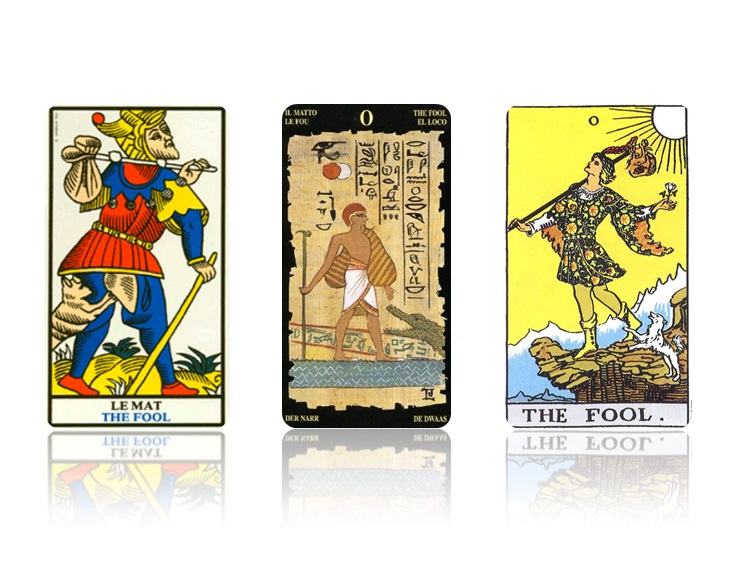
The Fool card is often represented visually as a young man with a backpack and a stick, standing near a cliff or on the edge. His gaze is forward, and he is ready to begin his journey, despite the unknown and the risks.
It is important to understand that the interpretation of Tarot cards can have different shades in different decks and depending on the context of the layout. Each card can have rich symbolism and many possible interpretations.
The Path of Archetypes or the Hero’s Journey
The Hero’s Journey (or Hero’s Journey) is an archetypal story template that is found not only in tarot cards, but also in myths, fairy tales, literature and films. This concept was formalized by American literary scholar Joseph Campbell in his work The Hero with a Thousand Faces.
The hero’s journey is a typical structure that characters go through as they overcome trials and face challenges in order to achieve complete transformation and personal growth. In the context of tarot cards, the hero’s journey can be interpreted as a path of self-discovery and spiritual development that represents the plot of the unfolding events in the deck.
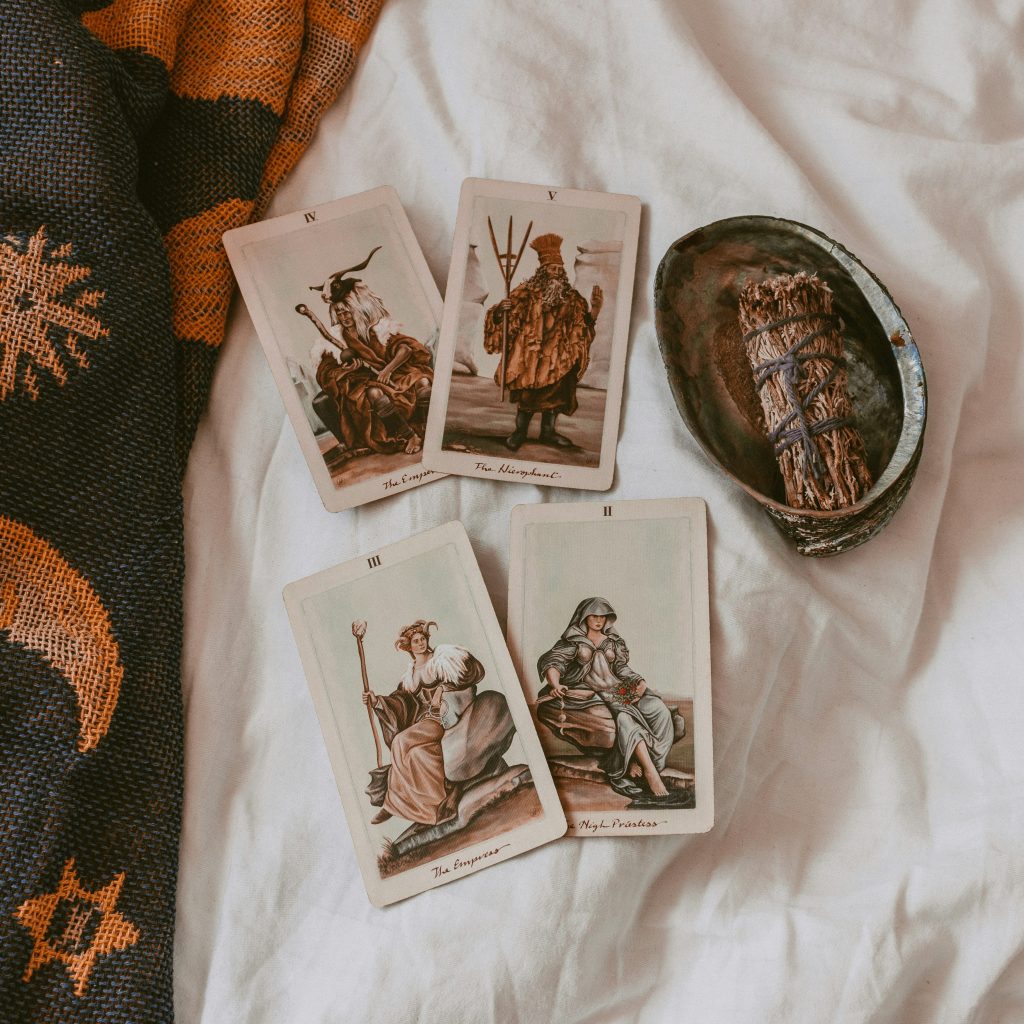
Elements of the hero’s journey through tarot cards may include:
Challenge or Calling: The hero receives a challenge or meets a mentor who calls him onto a path of change and growth. Initiation and formation on the path passes through the cards of the Magician, Priestess, Empress, Emperor, Priest and Lovers.
Departure and Journey: The hero sets out on a journey into the unknown and faces trials and challenges. The active principle is symbolized by the cards Chariot, Strength, Wheel of Fortune, Hermit, Justice, Hanged Man.
Trials and Encounters: The hero encounters various trials, characters, and events that change him and help him grow. Having gone through the first steps, the hero meets Death – the first stage of the test, then Temperance, the Devil, and the Tower.
Return and Transformation: The hero returns to his everyday world, having undergone a transformation and acquiring new knowledge and skills. As a result, the Hero finds a new path and new hope, passing through the symbolism of the Star, Moon, Sun, Judgment and his path ends with the World card.
In the context of tarot cards, the hero’s journey can be a symbolic path to personal awareness, empowerment, and overcoming adversity. Of course, the interpretation of each card may have its own characteristics and depends on the layout, context and individual experience of the person conducting the layout.
